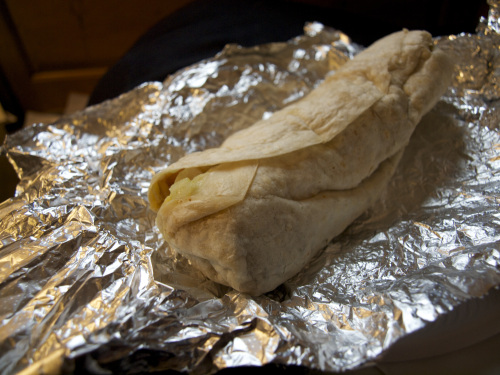A ten minute writing exercise for a class I’m taking this semester, Ordinary Romanticism. The prompt: describe your ordinary.
The ordinary is the space in between steps, breaths, heartbeats—the
inexplicable pause in flight as one hamstring stretches back, drawing
bands of tendon across kneecap and retracting the foot in one long arc,
the other thrusting forward, a transformation of flesh into energy, body
translated across space. Running (every morning) begins in the gray fog
of the Hudson, where I can barely detect outlines of old docks and a
crane poised to rip rotting timber from the water. I live in Morningside
Heights, close to Riverside Park and a few jogging paths, so I step
outside and start running immediately, allowing the urban and the real
to recede in my peripheral vision. When I am running, by the river, in
January, my imagination flickers like a projector running scratched
film. For an instant, I run along the Charles, another, a beach in South
Carolina or Greece, or sometimes I return to the Cumberland—last
summer, I injured my knee and could not run, only walk, past the Country
Music Hall of Fame to the Cumberland Greenway. I enjoy revisiting that
site of defeat and running past my tired and hurting, ancient,
memorialized self.
If ordinary is defined in its negative term, that which is not
extraordinary, then running is a paradox. It simultaneously celebrates
an expression of the body extraordinary and frees the mind to fixate on
nothingness. In The Temple of the Golden Pavilion, Mishima
describes the world as beautiful only in its reflexive state: as
illuminated on a pond, in the moonlight, or reflective of the titular
structure itself. Similarly, running and the ordinary are beautiful and
coterminous because they capture the permanence of impermanence: the
space in between the spokes, where the usefulness of the wheel can be
found. And it is in the space between strides that the body and mind
are, spiritually, in a state of ordinary perfection.


